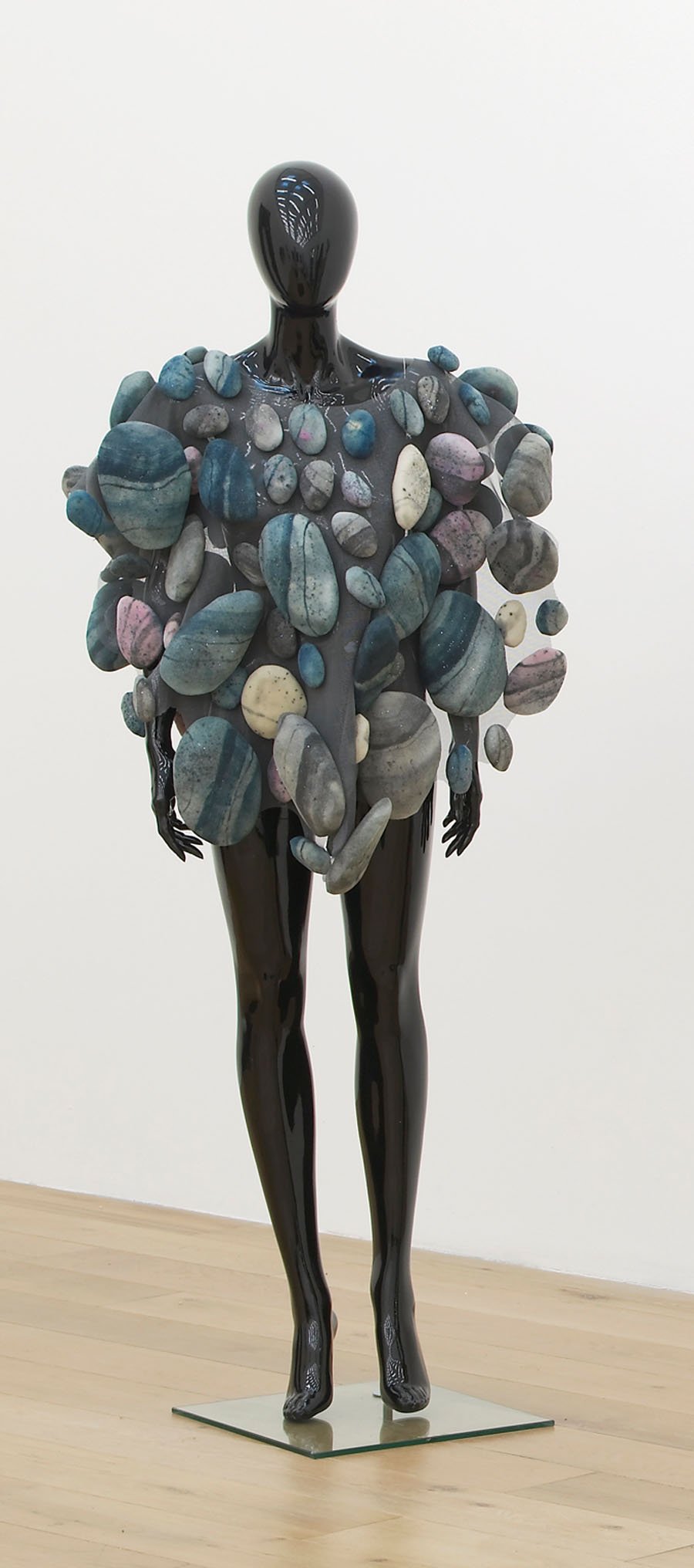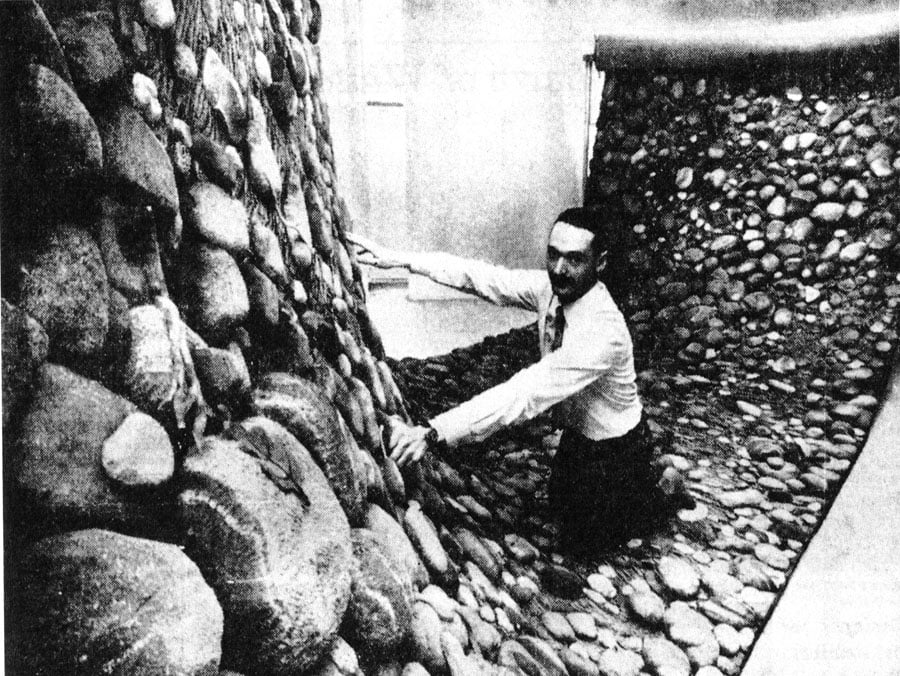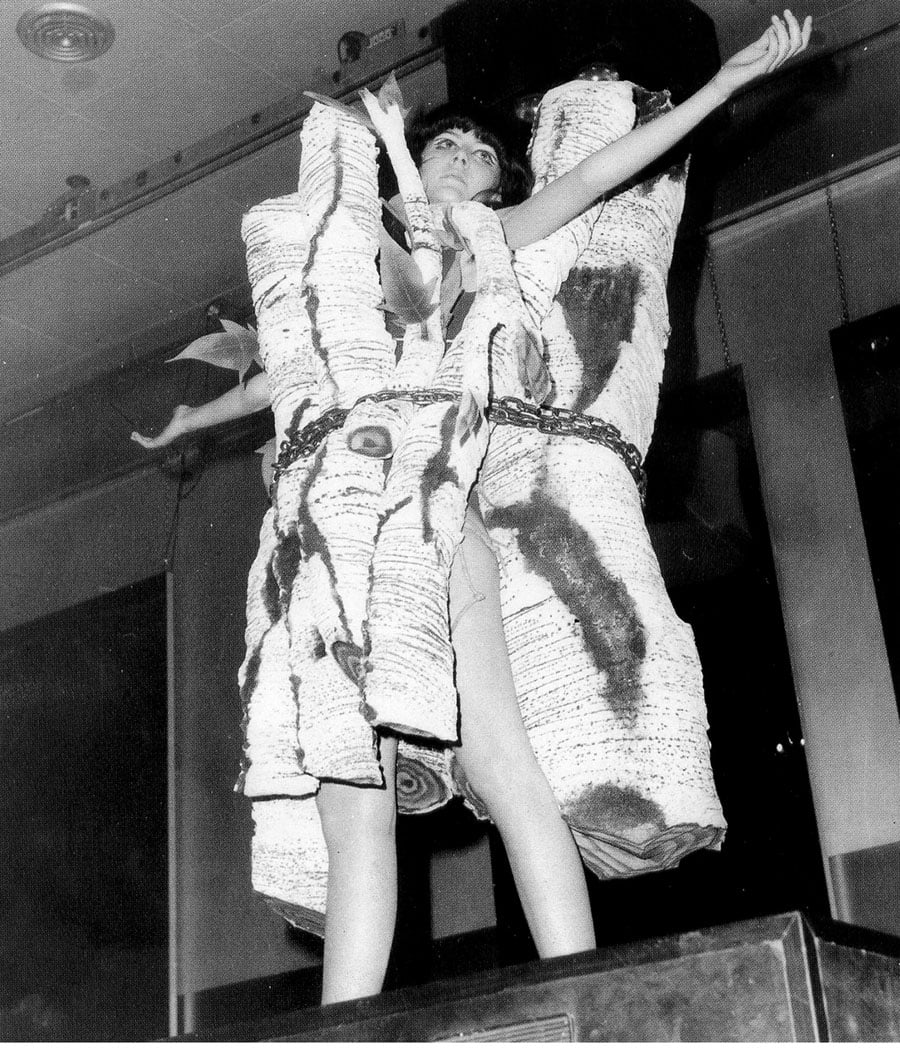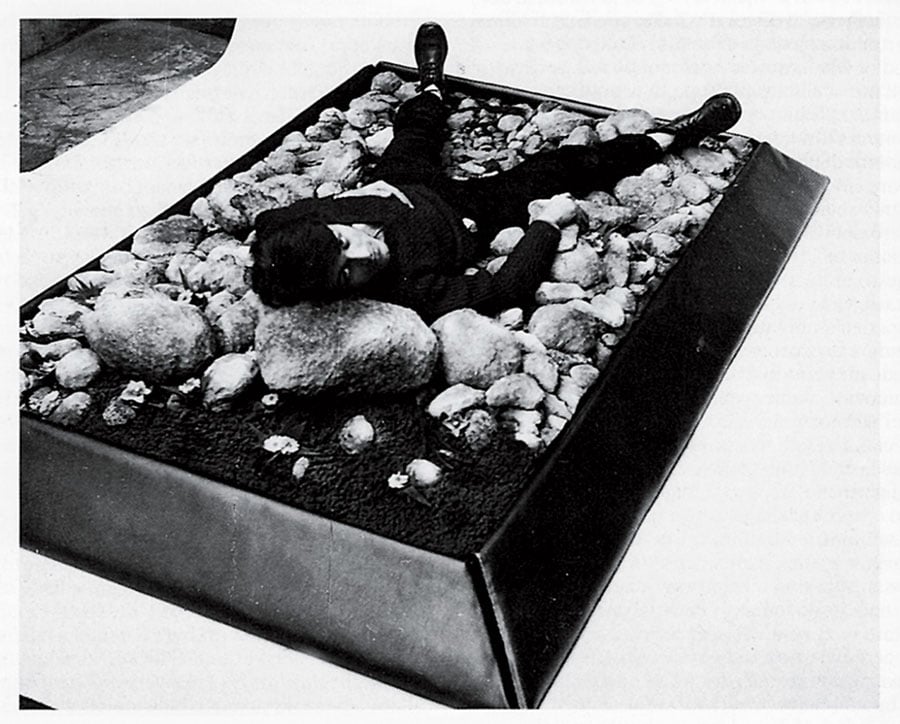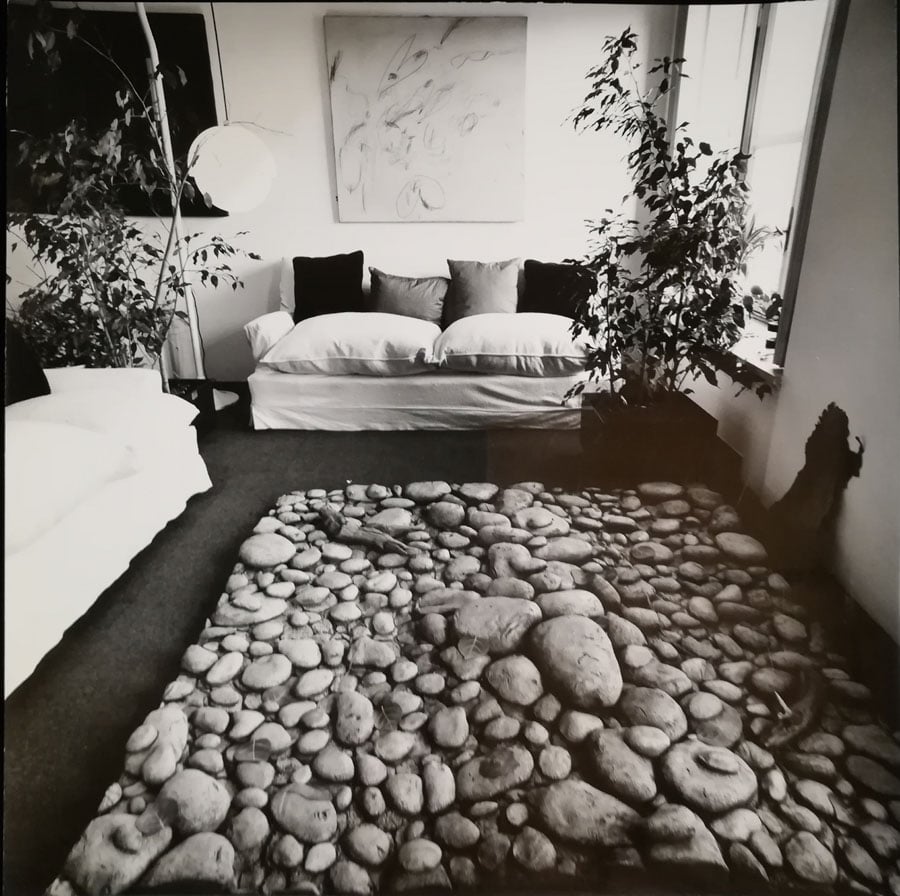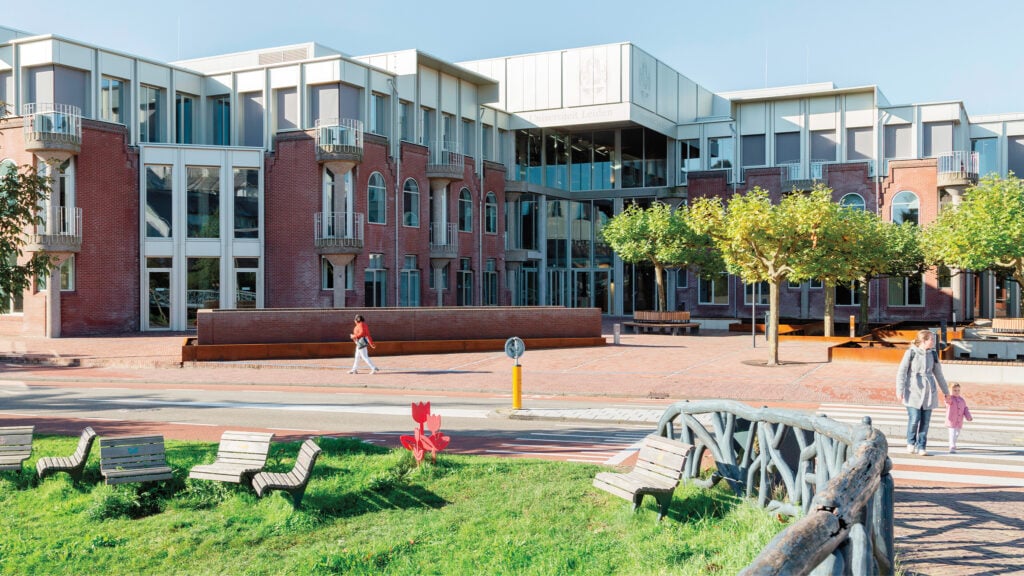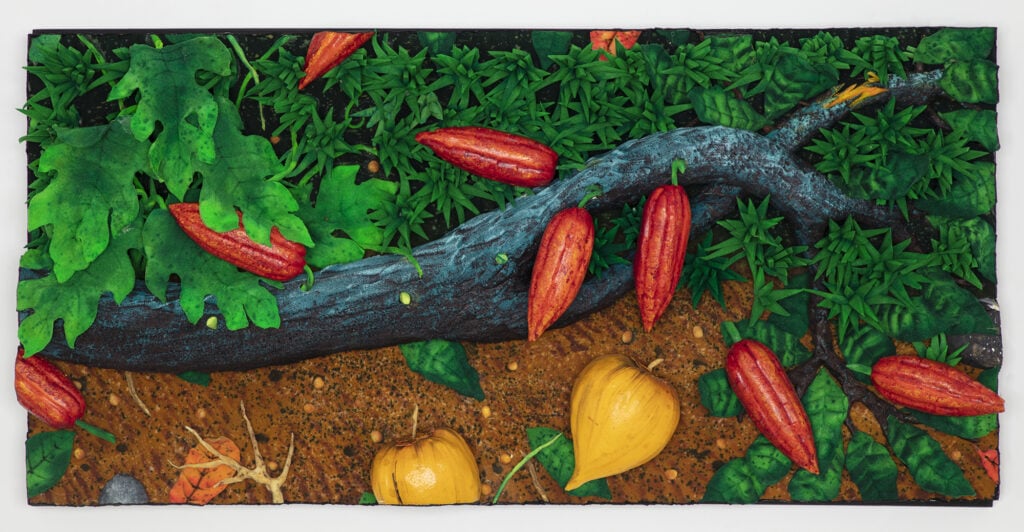
July 25, 2022
Piero Gilardi’s Nature Carpets Merge Art and Everyday Life


Gilardi coined the term “Microemotive Art’ in 1966 for his carvings, which embody the Arte Povera maxim “Art = Life” and were often conceptualized as “relational art” that took into consideration the energies, subjectivities, and experiences of both the artist and the audience. He calls these ecological works Tappeto-Natura or “Nature Carpets.” Gilardi conceived of his “carpets”, which he carved out of polyurethane foam saturated with pigment and dissolved in vinyl resin and rubber latex, as slices of uncontaminated nature that could be reconfigured on the floor, the wall, or even the body as a means of re-enchanting the modern world with nature. Often, he made them as large rolls and sold “cuts” of the art by the meter. At other times, his designs took the shape of dresses that could be brought to life through dance and performance. While gallery audiences can’t physically step on Gilardi’s original 1960s-era carpets, they can’t help but feel visually delighted by the way the objects take up space. Realistic heads of cabbage and verdant papaya trees grow out of walls; rectangular fragments of mossy earth or the pebbled bed of a creek cover the floor; a flock of seagulls perpetually ride the crest of a wave. In 1968, the iconic Italian furniture manufacturer Gufram began selling Gilardi-designed rock-shaped seating that is still in production today, preserving his vision to merge art and everyday life.
Would you like to comment on this article? Send your thoughts to: [email protected]
Latest
Projects
Studio De Zwarte Hond Reimagines Dutch University with Circular Renovation
The Herta Mohr building showcases how resourceful reuse can transform a legacy structure into a sustainability paradigm.
Products
4 Manufacturers Lead the Way in Sustainable Surfaces
3form, Corian, Cosentino, and Wilsonart offer some of the most transparent surfacing products on the market.
Projects
This Arkansas Institute Brings a Holistic Vision to Health-Care Design
Designed by Marlon Blackwell Architects, Heartland Whole Health Institute weaves together nature, wellness, and architecture to reimagine how we care for the body and mind.





